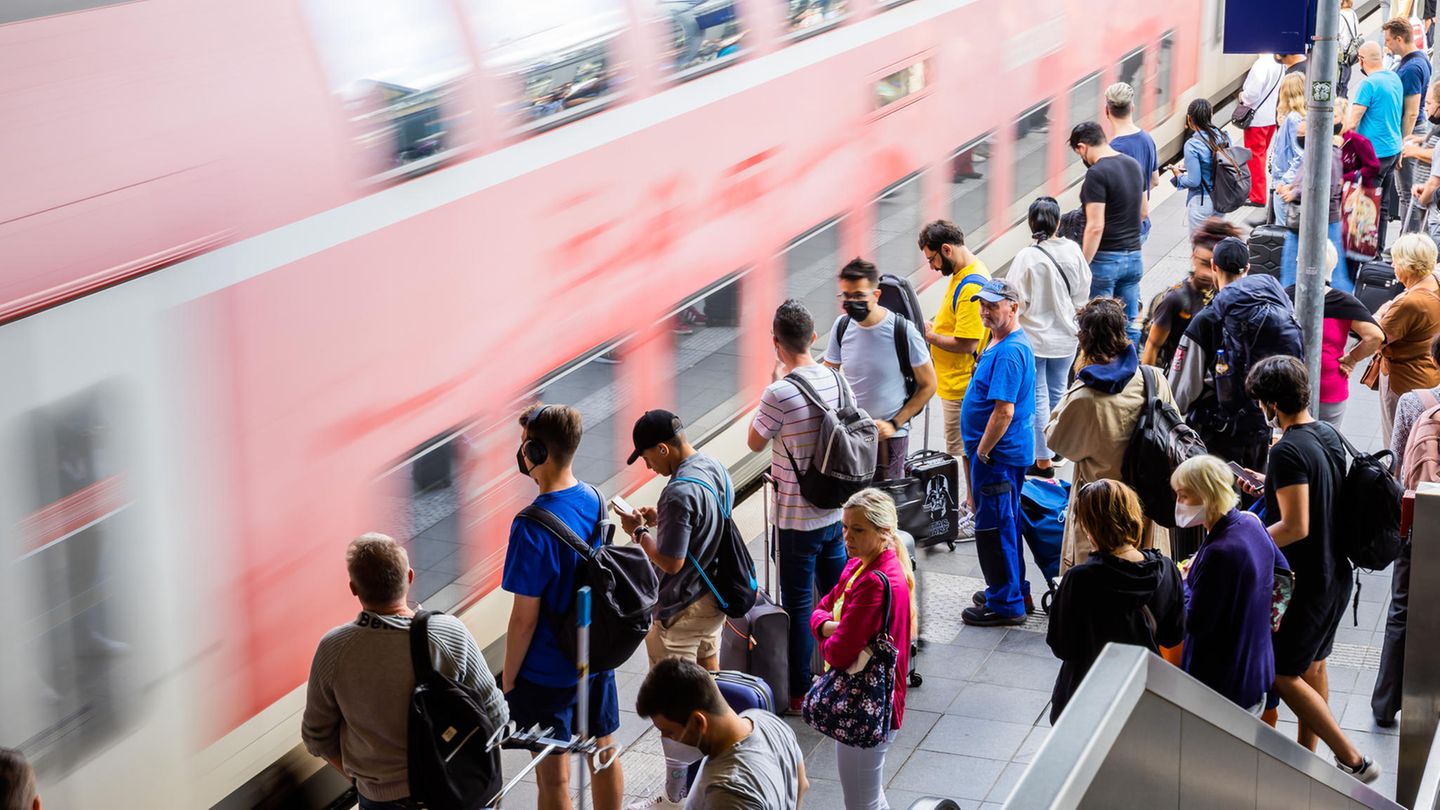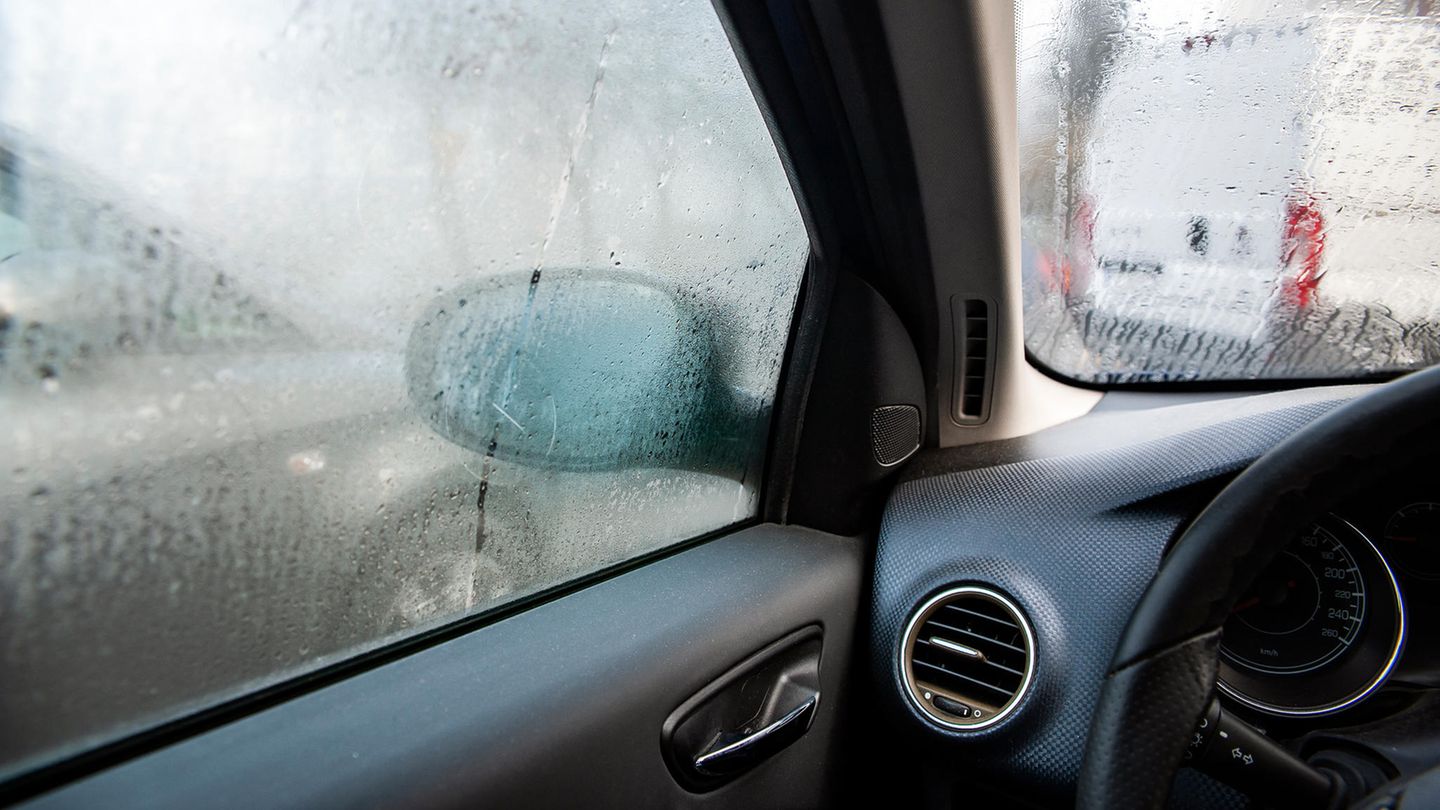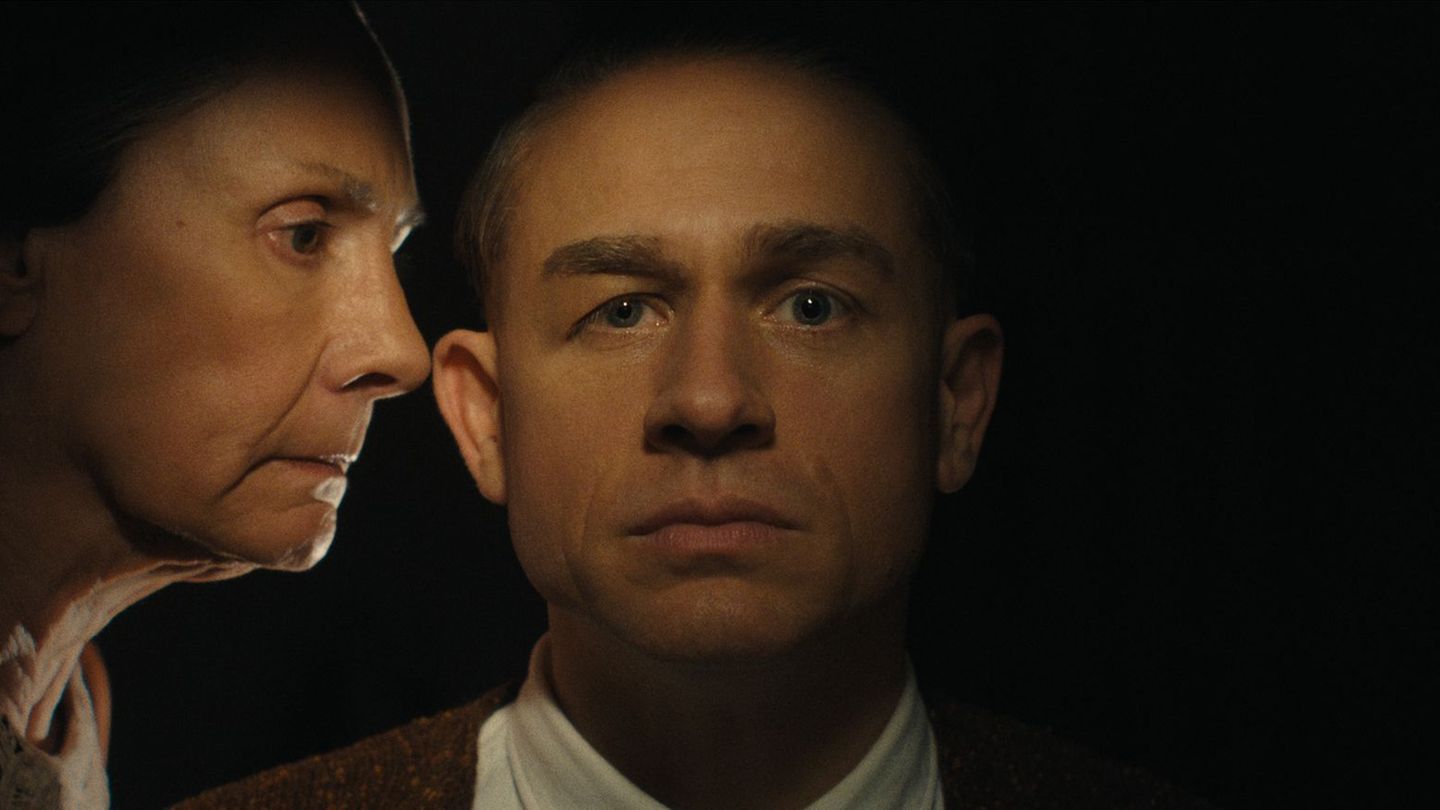If the federal government has its way, local public transport should remain cheap and flexible. Therefore, the third relief package provides for a nine-euro successor. Two experts explain what speaks for it – and what does not.
Even before the nine-euro ticket was even available to buy at the counter, it ranked quite high in the charts for German controversial issues. Some feared immense costs for the federal, state and transport companies and an impending overload of public transport during the summer months. Others celebrated the relief of the citizens. The three-month test phase hardly changed opinions. While there are several reasons for a new edition of the nine-euro ticket from the point of view of working commuters, others are calling for an immediate end.
The federal government repeatedly points out that numerous people have switched from cars to public transport. However, what the transport associations and parts of the traffic light coalition see as a success for the mobility turnaround looks completely different in bare numbers.
VDV study shows: majority of commuters stick to their cars
According to the VDV study, 17 percent of users switched from cars to public transport because of the nine-euro ticket. At least 37 percent used the ticket to get to work. Calculated on the basis of the 34 million people in employment who are subject to social security contributions in Germany, this number is sobering – mainly because the nine-euro ticket was also intended as a lure for commuters.
If you relate the figures from the VDV to employees, almost 13 million people have used the ticket to get to work in the last three months. Adjusted for the number of commuters living in the Federal Republic (l), the proportion is even lower.
Of the 13 million working commuters, almost five million would have to have traveled to work with the nine-euro ticket. – i.e. nine million people – the car, depending on the distance. According to a VDV survey, not even one in five of them switched to public transport. Not included here are those employees who work in the home office.
Nine-euro ticket mainly used in leisure time
Nevertheless, the government hopes to push ahead with the mobility turnaround with a follow-up ticket and at the same time relieve commuters. The price is still being discussed. Values between 49 and 69 euros are under discussion, the VDV mentioned to that star even a reduced offer of 29 euros. Will demand then still be as high as it was in the nine-euro era? Questionable.
“Of course we hope that the successor to the nine-euro ticket will have a similar effect,” says VDV spokesman Eike Arnold. Mobility expert Christian Böttger from the Berlin University of Applied Sciences (HTW) is skeptical. “A 49-euro ticket is hardly interesting for occasional and excursion drivers,” is his written answer.
June already showed that the nine-euro ticket was becoming more of a leisure ticket. The majority used the ticket for day (55 percent) and weekend trips (33 percent). The ticket was even attractive for shopping tours (47 percent). Now that the summer holidays are over, demand is likely to fall drastically – especially because the price is rising.
The ticket will (not) be profitable for commuters
But cheap train trips like in the last few months are not sustainable in the long run. For the three months alone, the state had to inject 2.5 billion euros. Calculated over the year, that would be ten million euros. Conversely, only a few citizens are willing to pay more for nationwide cheap public transport, as the ARD Germany trend shows. For almost a third of Germans, a nationwide ticket for public transport is out of the question, only five percent of those surveyed would pay 69 euros, 26 percent would be happy with a 49-euro ticket.
VDV spokesman Arnold still hopes to be able to convince more commuters to use local transport in the future. The inexpensive public transport ticket is an additional offer “to open up a passenger clientele that we have not been able to address before”.
The ticket of whatever kind is of particular interest to people who live in peripheral areas and commute to work in cities. A uniform ticket would make journeys easier because commuters would then not have to deal with the different tariffs. The more rural the region, the lower the interest in public transport – and thus in a cheap ticket. “In rural and structurally weaker areas, the proportion of nine-euro ticket holders is only half as high as in urban areas,” the VDV concedes in its study.
This also shows a . There is a network of 230,000 bus and train stops throughout Germany. In rural areas, however, just half of these are served hourly or more frequently. This also explains the answers from the VDV survey, according to which the Neun-Ero-Ticket was not bought because of a lack of usage reasons, preferences for the car and cumbersome connections.
Arnold’s conclusion: “In rural areas, the classic regular service must be expanded and supplemented with flexible minibuses – which can be booked via an app.”
The problem with funding
The climate ticket – as the successor planned by the traffic light coalition is to be called – is likely to make this project more difficult. Because with the planned nationwide local transport ticket, the industry expects a significant loss of income. According to the VDV, the annual minus is between 1.8 and three billion euros, depending on the monthly price. Money that the transport companies urgently need, for example to pay the staff appropriately and to recruit new employees.
Mobility expert Böttger criticizes the entire financing of public transport as shaky due to passenger losses after Corona and rising energy prices and demands: “Public funds should first of all serve to stabilize the system and expand capacity in such a way that growth becomes possible.” VDV spokesman Arnold sees it similarly: “It’s not that the ideas and concepts are missing. If nothing changes in the previous financing, it’s not even certain whether we can maintain the status quo.”
The lack of staff is already noticeable, for example in the Recklinghausen or Berlin-Brandenburg area. There, trips have to be omitted because the staff is absent due to illness and cannot be replaced due to a lack of skilled workers. Many citizens therefore only have the car to commute reliably. “The ticket is helpful for making public transport easier to use, but it’s just one factor among many that you have to turn around,” says Arnold.
Böttger estimates that the climate ticket will not attract any new customers to public transport. His suggestion: “I am convinced that the only solution is to make the car more expensive – the road is currently heavily subsidized (unlike the ADAC claims) – one should start where there are alternatives to the car, for example Example in the big cities.”
There’s only one catch: if cars become more expensive, it will be at the expense of those who live in rural areas without reliable transport connections. So the problem goes much further: politics is mainly made by city dwellers for city dwellers – and thus does not go far enough. Those who live in rural areas will continue to drive better with a driver’s license in the future.
Source: Stern
Jane Stock is a technology author, who has written for 24 Hours World. She writes about the latest in technology news and trends, and is always on the lookout for new and innovative ways to improve his audience’s experience.




